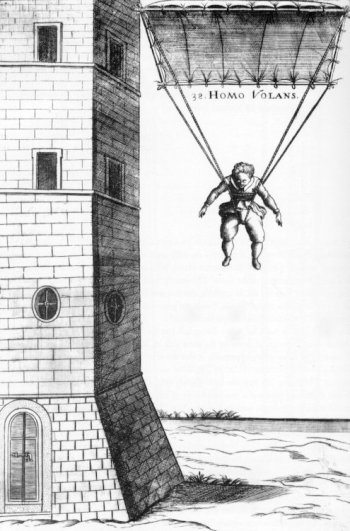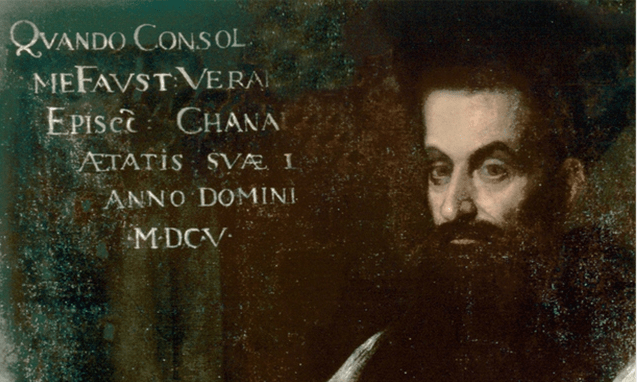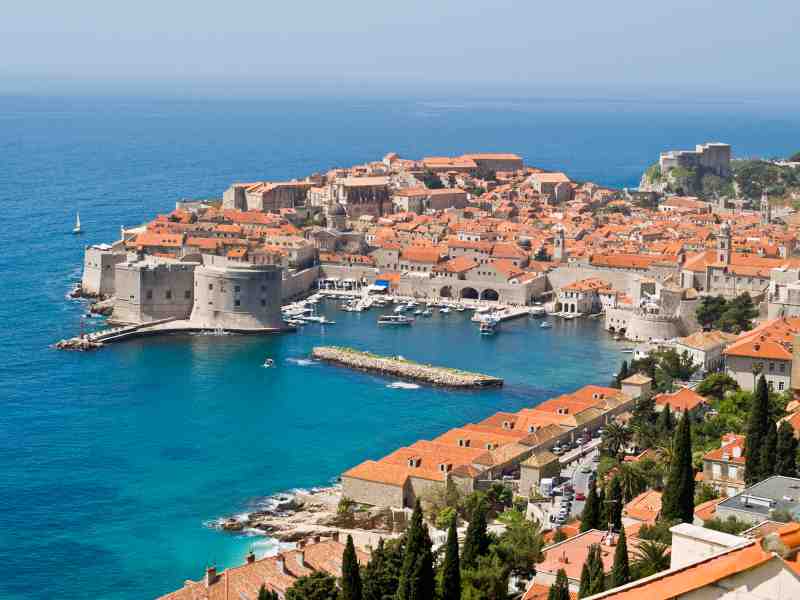Croatian Inventor of the Parachute
Leonardo da Vinci has the Credit but a Croatian Made the Parachute Usable
Fausto Veranzio or Faust Vrančić (Latin: Faustus Verantius; Hungarian and Vernacular Latin: Verancsics Faustus) (circa 1551 – January 17, 1617) was a polymath and bishop from the Venetian Republic.
Veranzio‘s masterwork, Machinae Novae (Venice 1615 or 1616), contained 49 large pictures depicting 56 different machines, devices, and technical concepts. Despite the extraordinary rarity of this book (because the author published it at his own expense, without a publisher and having to stop printing because of lack of funds), theMachinae Novae was the work which mainly contributed to Veranzio’s popularity around the world.

One of the illustrations in Machinae Novae is a sketch of a parachute dubbed Homo Volans (“The Flying Man”).
The first technical discoveries are related to the name of Faust Vrancic (1551-1617). Fausto was born in Šibenik in the Croatian noble family of counts Veranzio (a branch of which later merged with Draganić family, creating the Counts Draganić-Veranzio), a notable family of writers.
It is known that he collaborated with Tycho Brache and Johannes Keppler.Vrancic was fluent in at least seven languages. At the court of King Rudolph II in Hradcani in Prague (Rudloph II was Roman-German Emperor and Croatian-Hungarian King) he worked as his secretary, and in that period completed his important dictionary of five most noble European languages(Dictionarium quinque nobilissimarum Europeae linguarum: Latinae, Italicae, Germanicae, Dalmaticae et Hungaricae) and published in Venice in 1595.
He is best known for his book of inventions in Machinae Novae, published also in Venice in 1595. The book was financially supported by the French King Louis XIII, and the Toscan Duke Cosimo II de Medici. Veranzio‘s masterwork, Machinae Novae (Venice 1615 or 1616), contained 49 large pictures depicting 56 different machines, devices, and technical concepts.
Also, at the end of the book, Veranzio included Croatian language versions of the Ten Commandments, the Lord’s Prayer, the Ave Maria and the Apostles’ Creed.
Among his numerous inventions the most famous is the parachute, which he tested in Venice. It is true that Leonardo da Vinci had a similar idea earlier, but he made only a rough sketch of it, of pyramidal shape, while Vranic’s parachute was more practical and actually functional, had a rectangular shape, as is used today.





